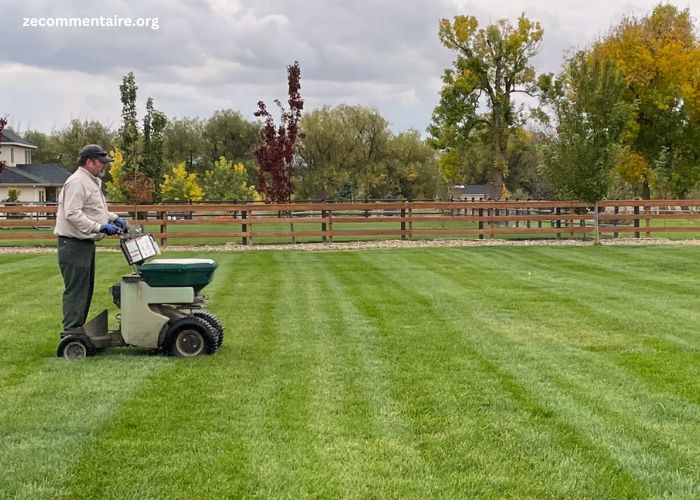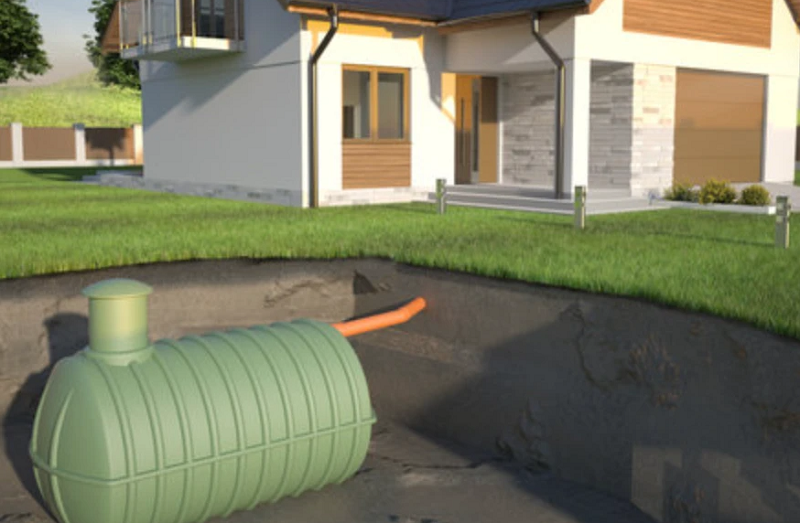Maintaining your outdoor space is essential to keeping your property in good shape year-round. However, staying on top of seasonal outdoor maintenance can be a challenge, especially when the demands change from one season to the next. By planning ahead and staying proactive, you can ensure your outdoor spaces are always in great condition and ready for whatever the season brings. Here are some tips on how to stay ahead of seasonal outdoor maintenance.
1. Create a Seasonal Maintenance Schedule
The key to staying ahead of outdoor maintenance is creating a schedule that covers the tasks for each season. Whether it’s fall yard work or spring garden prep, a maintenance calendar can help you organize tasks throughout the year. For example, spring and summer may require lawn care and cleaning up after storms, while fall and winter focus more on leaf removal and preparing your home for cold weather. Break down tasks monthly or even weekly to ensure you never miss anything important.
2. Inspect and Maintain Your Lawn Equipment
During the growing season, lawnmowers, trimmers, and other outdoor tools get a lot of use. It’s important to inspect them regularly to ensure they’re functioning correctly. Clean and sharpen blades at the start of the season and make sure gas-powered equipment has enough fuel and oil. Storing your equipment properly during the off-season (in a dry, protected area) will help prolong its life and keep it in top shape for the next season. If you’re looking for reliable outdoor equipment to help maintain your yard, a Cub Cadet lawnmower can make mowing quick and easy, leaving you with more time to focus on other home maintenance tasks.
3. Keep an Eye on the Weather
Keeping track of the weather can give you a heads-up on what seasonal maintenance tasks need to be prioritized. For example, if a freeze is expected, you might need to cover outdoor plants or disconnect hoses to prevent pipes from freezing. Similarly, after heavy rainfall, inspecting gutters and downspouts for clogs can prevent water damage. Being proactive when it comes to weather changes allows you to take action before potential problems arise.
4. Maintain Your Outdoor Structures
From fences to decks and outdoor sheds, your outdoor structures require regular maintenance to ensure their longevity. Regularly inspect your deck for loose boards, signs of rot, or mold buildup. Stain or seal your deck at least once a year to protect it from weathering. Similarly, fences should be checked for leaning, broken posts, or rusted nails. By staying ahead of these repairs, you can avoid costly replacements down the line.
5. Prepare Your Plants for Each Season
Seasonal changes mean different care for your plants. In spring, it’s all about planting, fertilizing, and ensuring your garden is ready for growth. During the summer, regular watering and pruning help your plants thrive. As fall approaches, think about preparing your plants for the cooler months by mulching or covering them. In winter, be mindful of protecting perennials and other vulnerable plants from freezing temperatures.
6. Focus on Outdoor Lighting
Regularly check that all outdoor lights are functioning and replace bulbs as needed. In winter, when the days are shorter, outdoor lighting can help improve visibility and prevent accidents. Whether it’s for pathways, patios, or around trees, make sure your lighting setup is working well and consider upgrading to energy-efficient LED lights for long-term savings.
7. Inspect and Clean Your Gutters
Gutters are essential for diverting rainwater away from your home’s foundation. They need to be inspected regularly and cleaned at least twice a year—once in the spring to remove debris accumulated during the winter and again in the fall after leaves have fallen. Clogged gutters can lead to water damage, leaks, and even mold growth, so staying on top of this task can save you a lot of hassle and expense in the future.
Conclusion
By staying proactive and creating a seasonal maintenance schedule, you can ensure your outdoor space stays in optimal condition throughout the year. Regular upkeep of your lawn, equipment, plants, structures, and other outdoor elements will not only make your property look great but will also save you time and money in the long run. Being prepared for each season’s challenges is the key to maintaining a beautiful and functional outdoor environment year-round.





